Name this deformity (anatomical name only)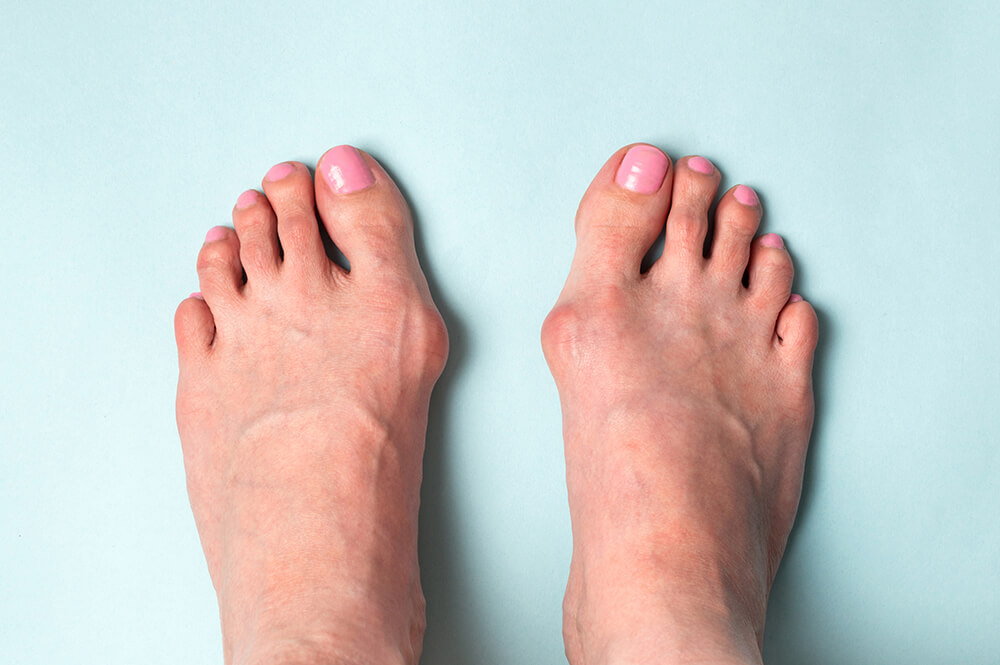
Hallux Valgus
T/F: The more rigid the orthotic, the more exact the measurement must be to fit into the shoe?
True
Based on this shoe, what type of motion is occurring with the foot 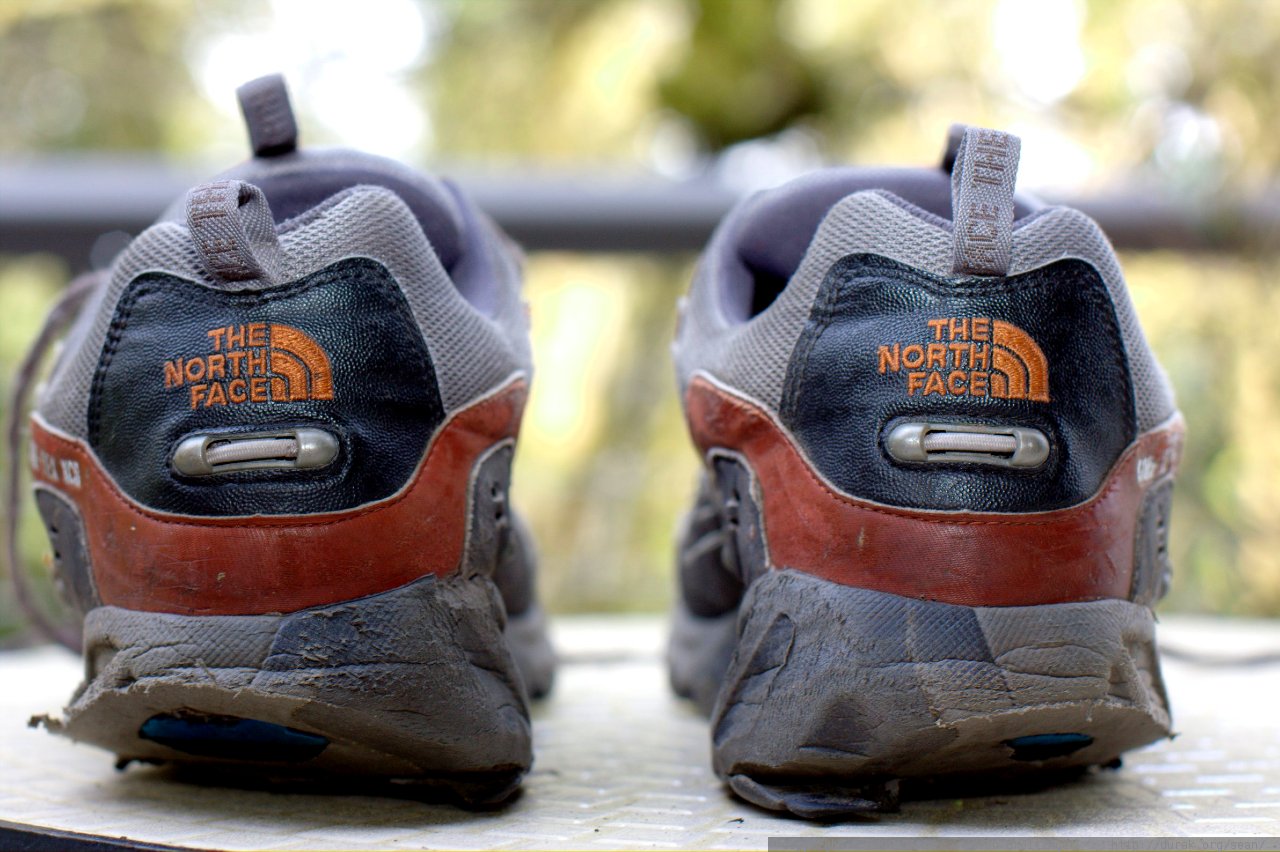
Supination
This wall stretch is targeting what muscle and should be used during which phase of rehab?
Soleus/ active phase
When should patient education begin?
During initial contact with the patient
Name this deformity (only points for anatomical name)
Pes Cavus
These orthotics can be purchased OTC (over the counter) and are typically less expensive. However, they may not be suited for every patient's needs.
Pre-made orthotics
This type of shoe has an elevated heel and good cushion in the forefoot and rear for stability of the heel
Running shoes
Cryotherapy is used as a modality to decrease pain and spasms, and should only be used during which phase of rehab?
Inactive Phase
These goals address physical impairments such as pain, posture, and muscle weakness and are typically attainable in ~2 weeks.
Short term goals
This is a flexible deformity from a flexion contracture in the PIP joint.
Hammer toe
T/F: Although a patient may have only one affected extremity, orthotics are always prescribed and worn in pairs.
True
Name this part of the shoe 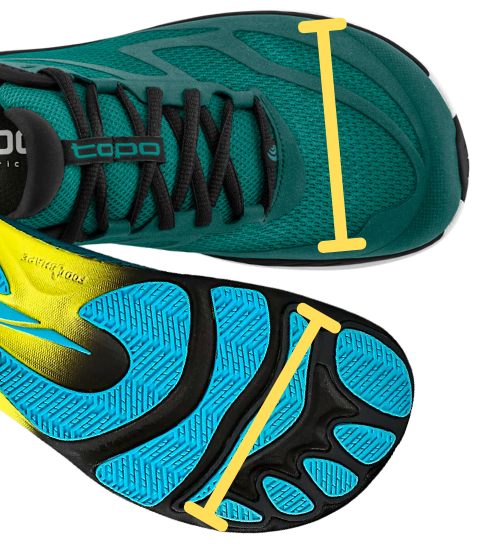
Toe box
Name this test and what phase in rehab it would be implemented 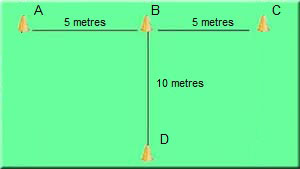
Agility T-test/ Advanced phase
These questionnaires are used to determine a general or specific assessment related to patient conditions. They can give insight to patient perspectives on their injury/illness.
Patient Reported Outcome Measures (PROMs)
A flexion contracture of the DIP, which can become permanently bent downward.
Mallet Toe
These orthotics are used for pes cavus or rigid feet to absorb stresses
Soft Orthotics
What type of cleat should be worn on natural grass compared to artificial turf.
Long cleated soccer/football cleats
The goal in this phase is to improve mobility through gains in ROM and flexibility and to resolve any remaining problems of inflammation
Active Phase
Name 2 things that can impact/influence a patient's prognosis when creating their care plan.
Age, Comorbidities (High BP, diabetes, etc), severity/complexity of injury/illness, patient's motivation
This deformity is caused by a flexion contracture of the DIP joint and hyperextension at the MTP joint
Claw Toe
This type of orthotics is the most effective in reducing foot pain. Their purpose is a functional orthotic that improves alignment, reduces shear stresses, reduces shock, and stabilizes/supports the foot joints.
Semi-Rigid Orthotics
This type of sock is not recommended to be worn during sports
Cotton socks
This exercise is targeted in what phase of rehab, and assessing what component of rehab?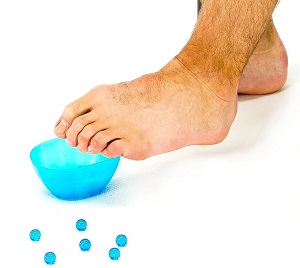
Late active phase to early resistive phase/ROM or Strengthening of intrinsic foot muscles accepted
This is a universal system that serves to identify health and disability as they relate to individuals. Used to help clinicians create a plan of treatment that addresses the individual.
ICF Model